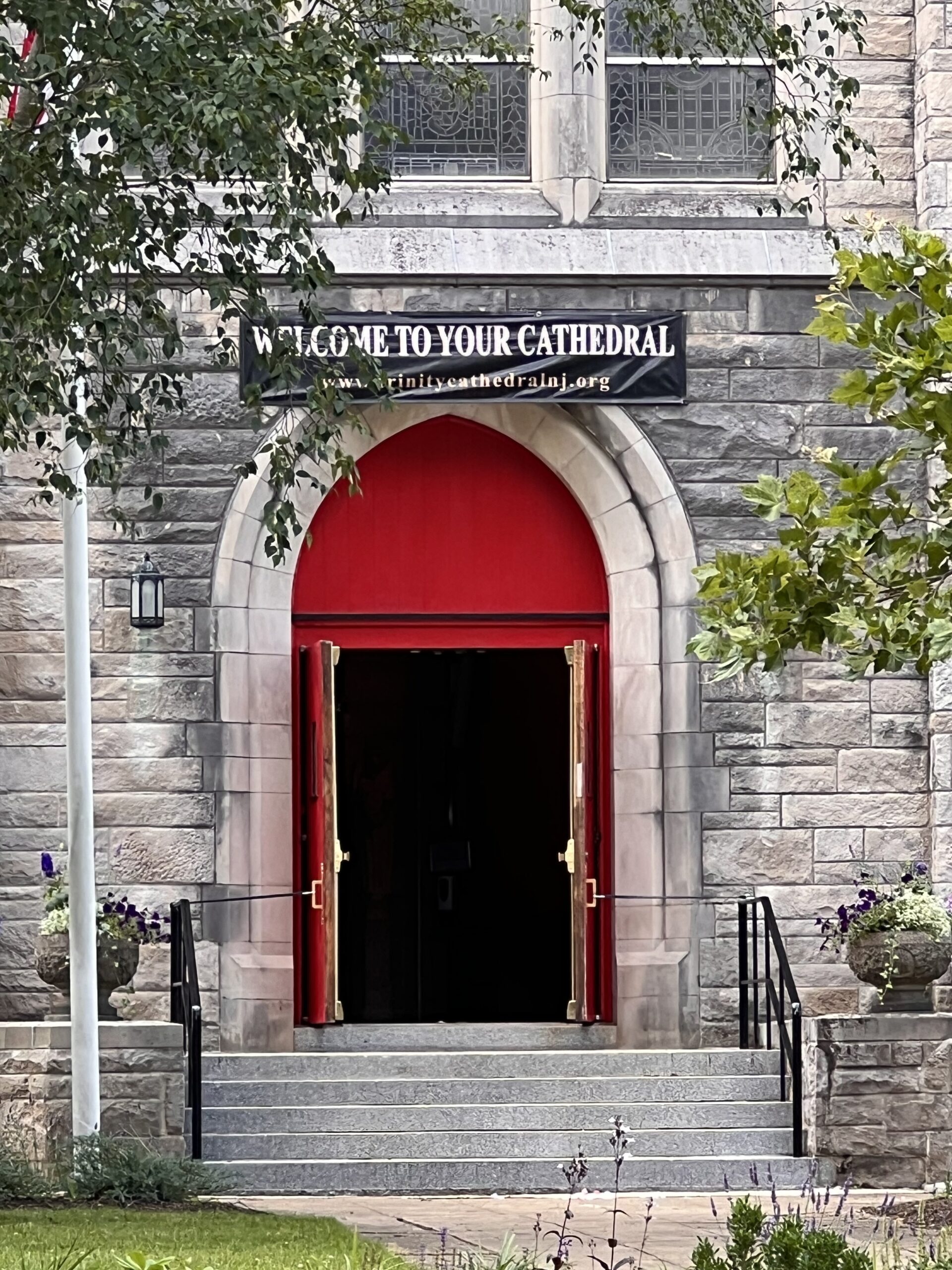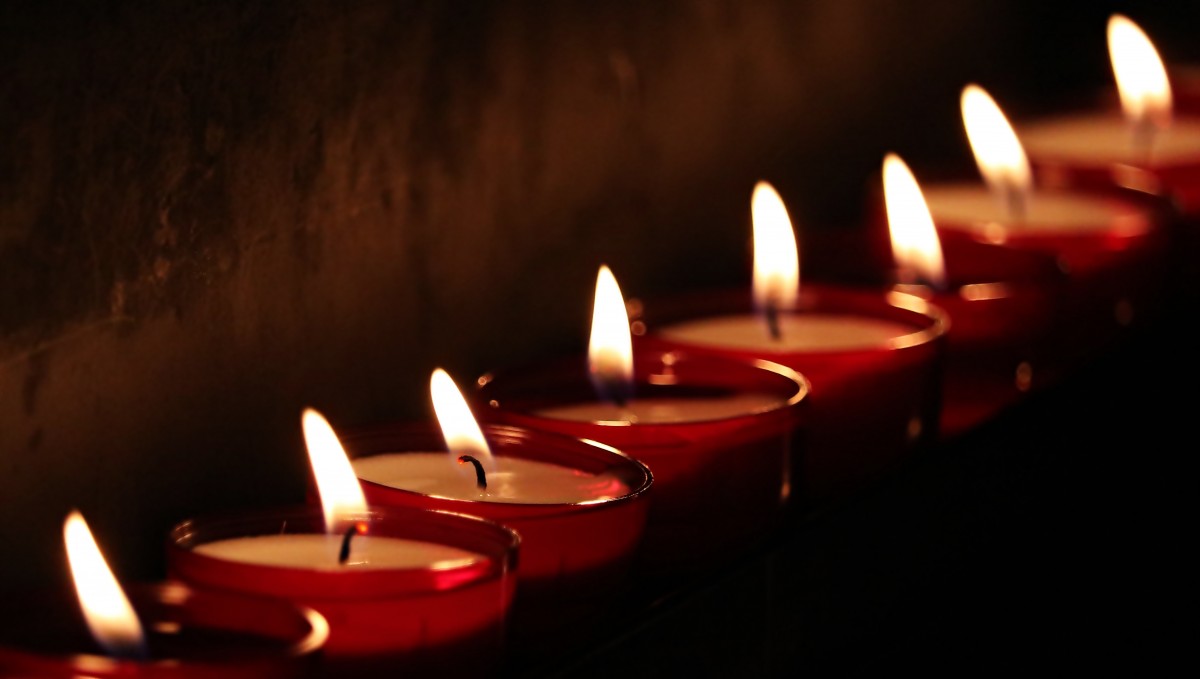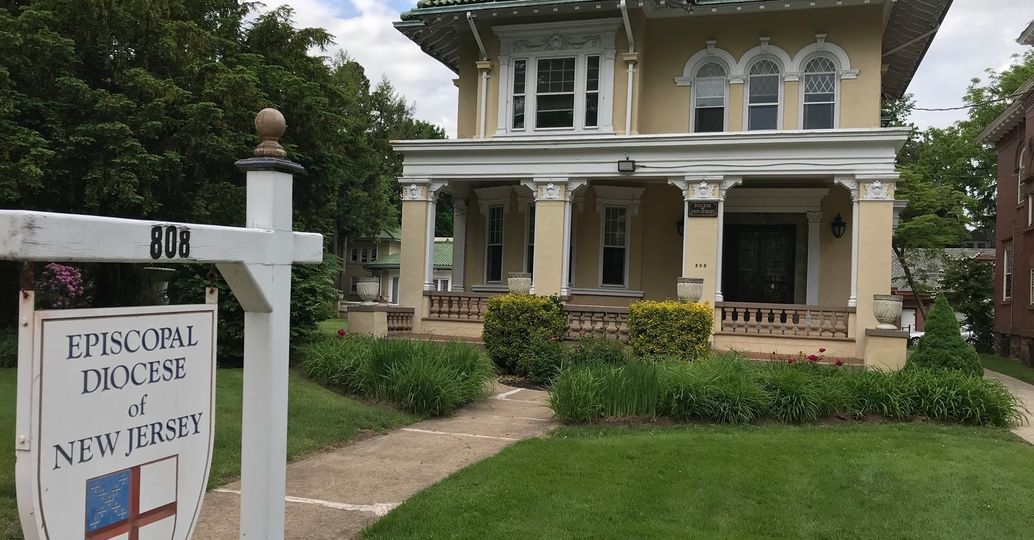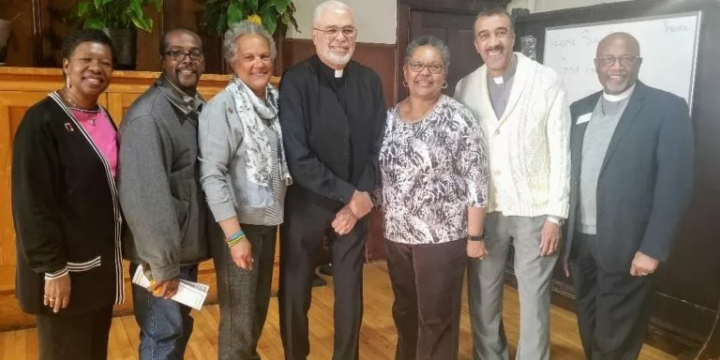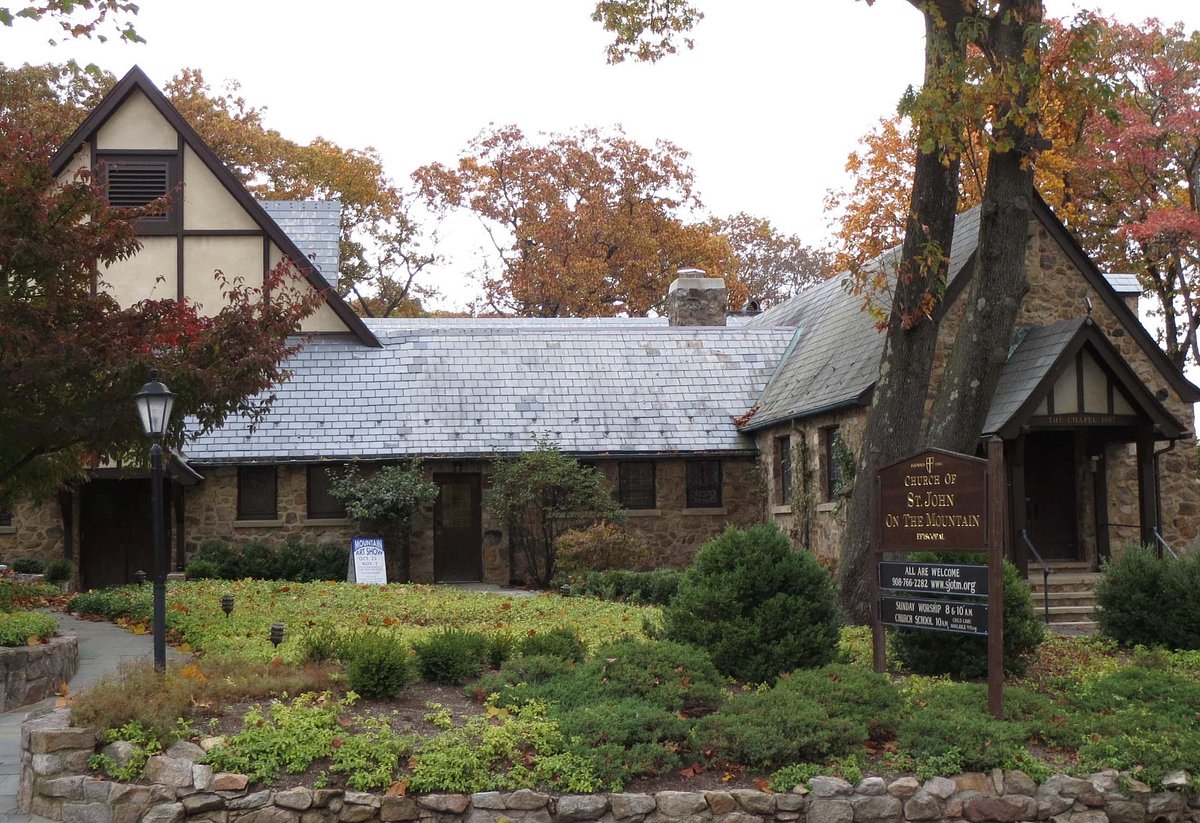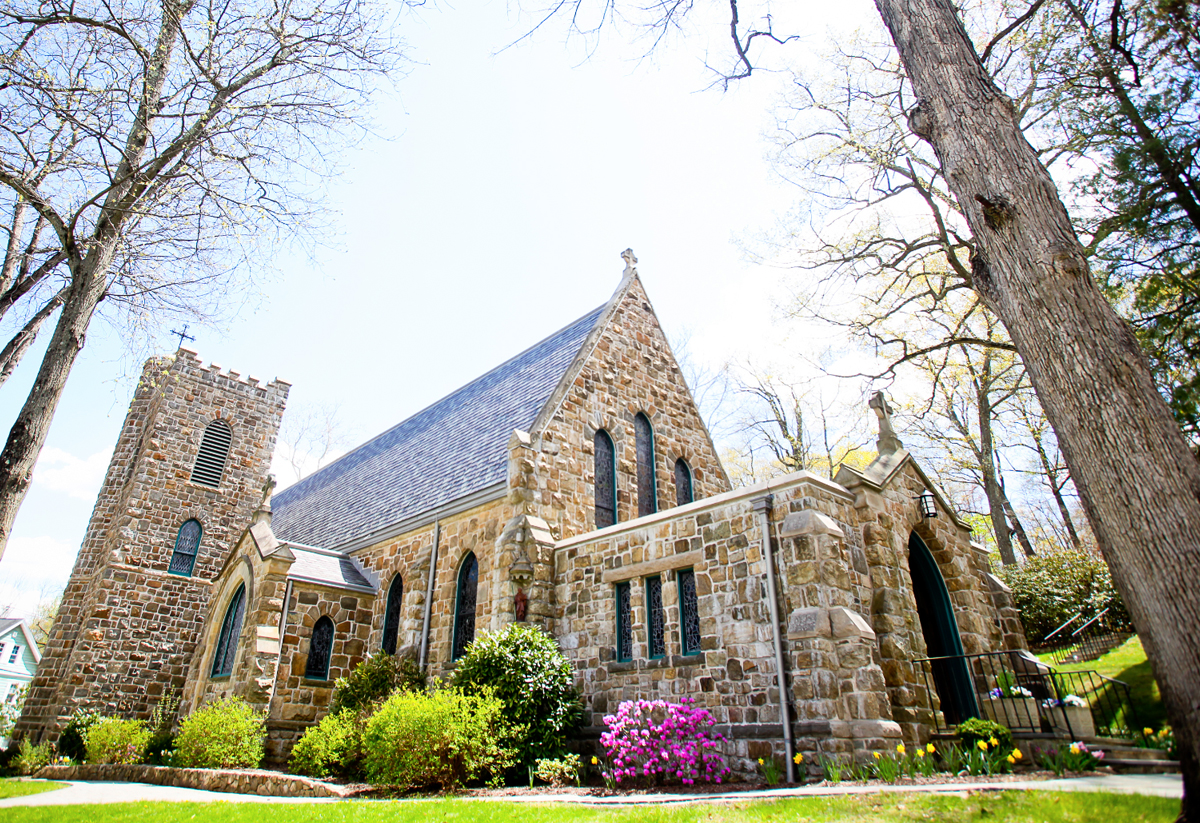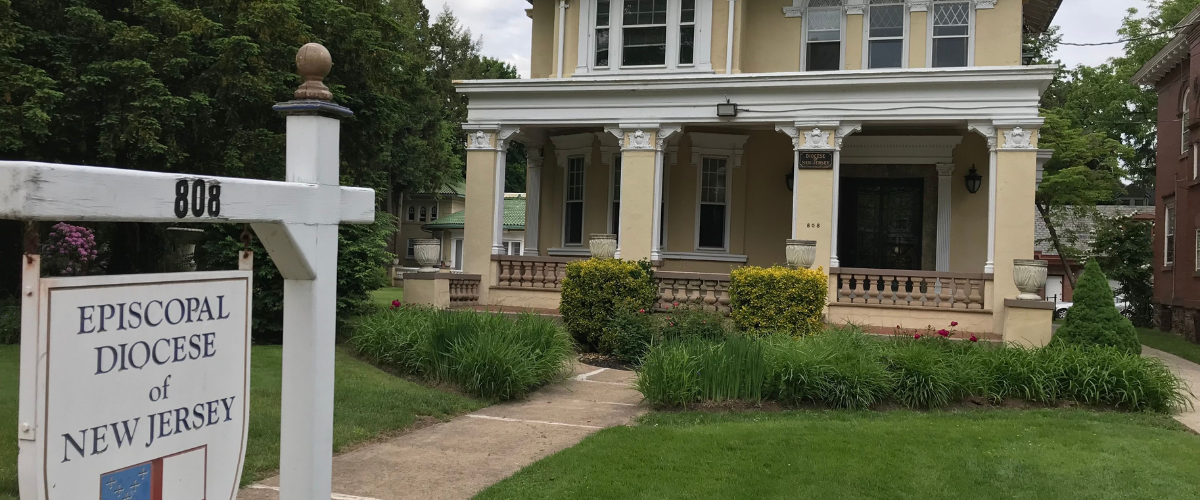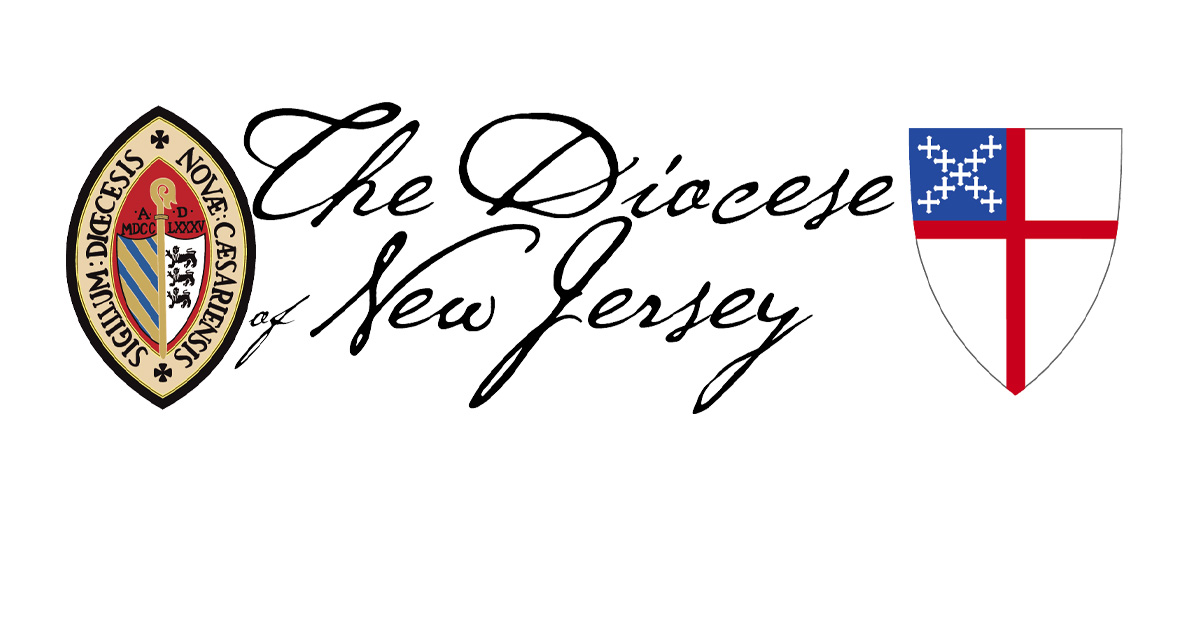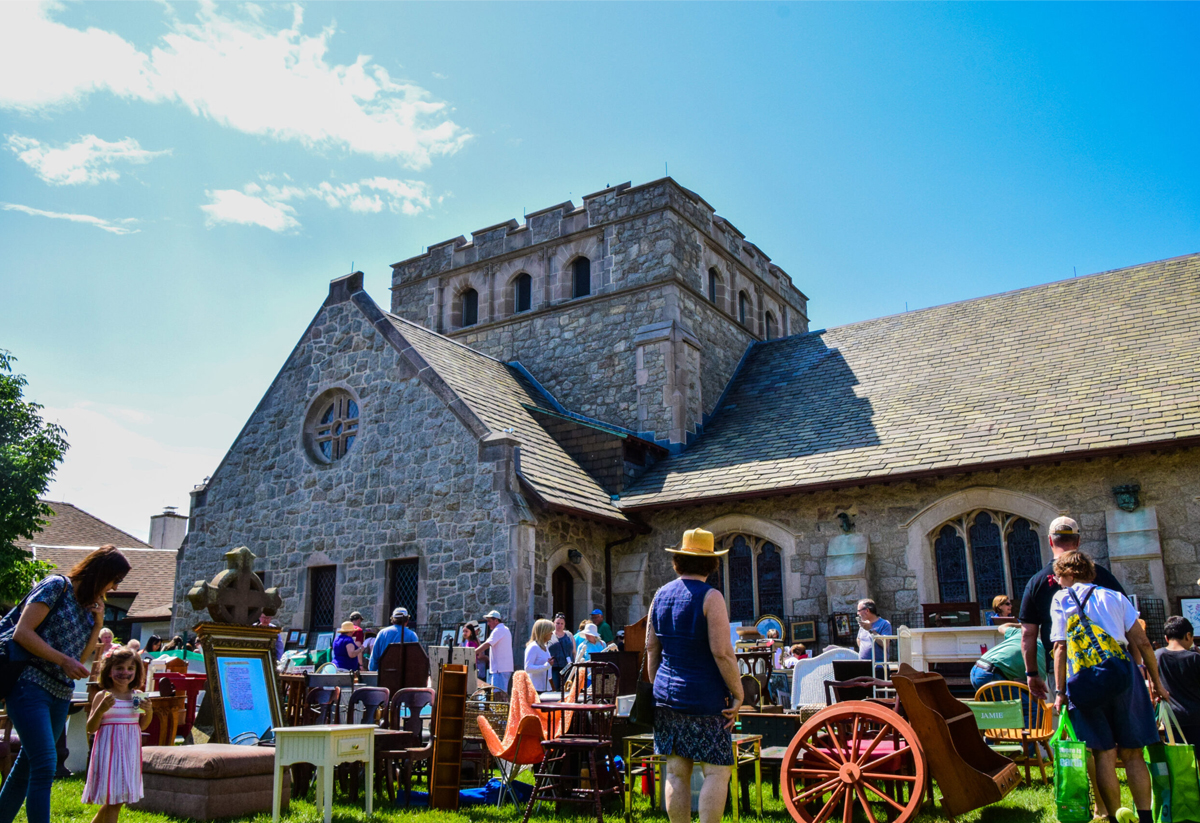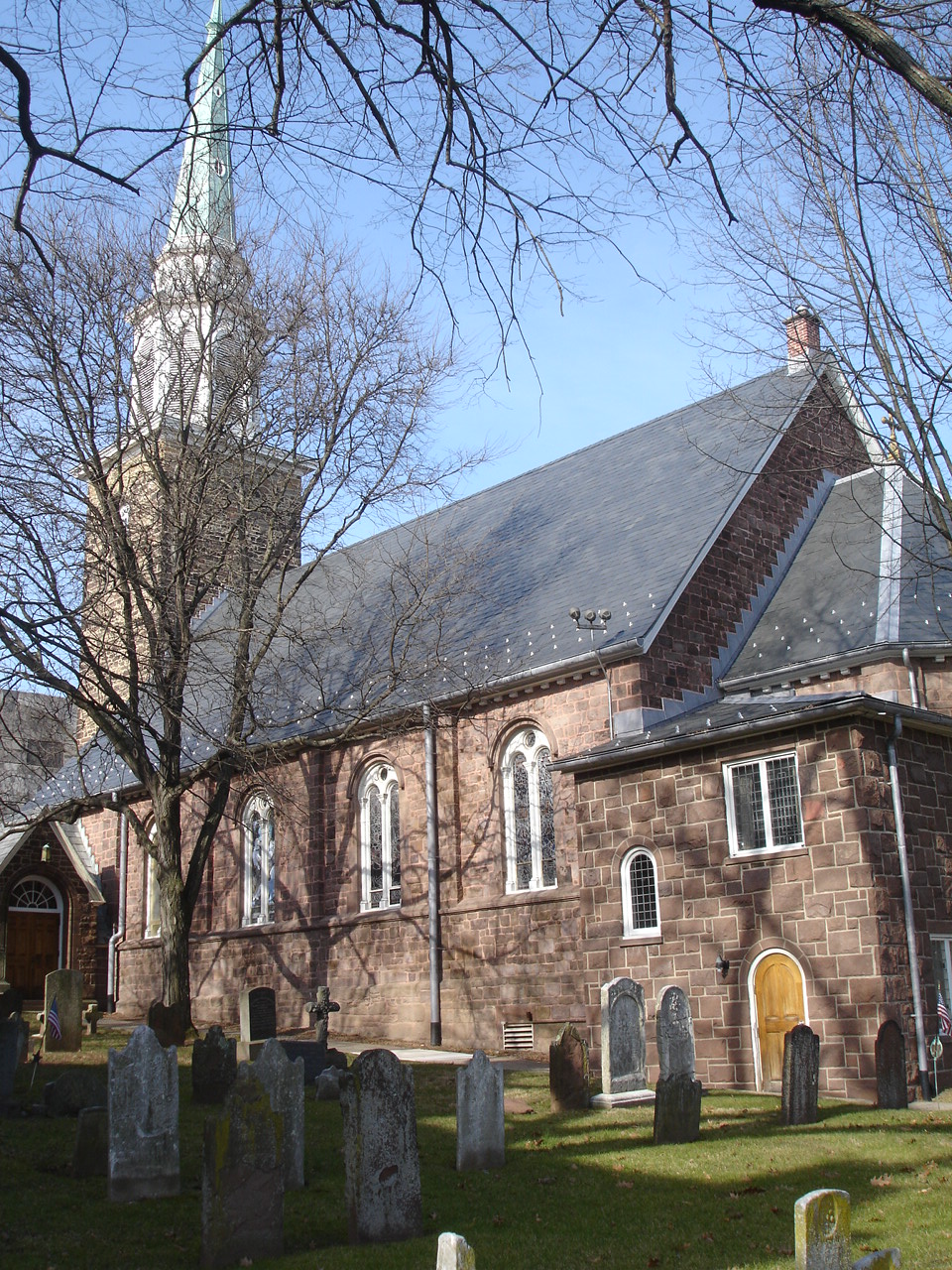The Reverend Canon Laurence D. Fish
Historian and Archivist of the Diocese.
June 2, 2009
One of the traditions of a Diocesan Cathedral is that of making canons. The staff canons are paid and have definite tasks in the clerical makeup of the Cathedral.
The title “Canon” originally described a cleric living with others in a clergy house or, as later, in a house within the close of a cathedral. In England a canon is a member of the Cathedral Chapter. At one time canons were secular persons but now are, for the most part, ordained clergy.
The title of Canon is bestowed in many dioceses to senior parish priests largely as an honorary title and is usually awarded in recognition of long and dedicated service to the diocese. Honorary canons are members of the chapter in name but are neither residential nor paid. They are entitled to call themselves “Canon” and have a role in the administration of the cathedral, although this role is seldom, if ever, fulfilled. The canon is the equivalent to the Monsignor of the Roman Church and is entitled to wear the violet or violet-trimmed cassock of that rank.
Lay people can be appointed as canons with the title of “Lay Canon” and, until recently, were especially and exclusively conferred upon lay diocesan chancellors. The use of the two titles “Canon” and “Lay Canon” avoid confusion when both lay and clergy are listed together, and the practice should be followed. The requisite for conferring the title of “Canon”, that of a long and valuable service, was the guiding principle* Bishop Paul Matthews, Fifth Bishop of the Diocese of New Jersey and the driving force behind the establishment of a cathedral in the diocese, made the very first appointment of
an honorary canon in 1931. The Reverend Hamilton Schuyler, rector of St. Michael’s Church and then Trinity Church, Trenton, and the author of several books, was thus first in the list of these honorary canons (hereafter referred to simply as canon). In 1932, the second canon was added, the vicar of the Pro-Cathedral (Christ Church and now Cristo Rey), the Reverend William Herbert Moor. Bishop Matthews made it clear that these clerics were added in recognition of their long and valuable services. That such service to the diocese was necessary to the conferring of the title is demonstrated in the fact that in Bishop Matthews’ remaining seven years as bishop, no other canons were made.
Bishop Wallace John Gardner was in his fourth year as Ordinary before he made his first canons. In 1941 the Reverends Edgar L. Sanford , D.D.(a resident of New York) and Walter Lowrie, D.D. of Princeton, were made honorary canons.
By 1950, Lowrie was the lone canon, as the others had died. Bishop Gardner, in his first thirteen years as Ordinary, raised two to the rank of canon. Bishop Alfred L. Banyard joined Gardner and was thus the first native son of the Diocese to become bishop since George Washington Doane in 1834. He brought with him a thorough knowledge of the diocesan clergy and it was not long after that it appeared to “rain” canons.
Beginning in 1951 Walter Lowrie was joined by the Reverends Walter H. Stowe, S.T.D., Raymond H. Miller, Robert G.W. Williams, Robert D. Smith, and Henry B. Cannon, briefly chaplain of the Proctor Foundation.
In 1953 Gardner and Banyard added the Reverends Lee I. Greene of Gladstone and George A. Robertshaw of Rumson. A year later, in 1954, the Reverend Horace E. Perret (later Perret-Gentil) was made a canon. In the Gardner-Banyard years, an additional eight canons were added.
In 1955, Banyard became the Ordinary of the Diocese of New Jersey, and he added the Reverend Gerald R. Minchin to the list of honorary canons. The Reverend. H. Christopher Nichols followed in 1957. In 1959 five more canons were named: the Reverends Joseph H. Hall III, Th.D., James E. Purdy, Samuel Steinmetz, Jr., Edwin W. Tucker, and Albert W. Van Duzer. The Reverends Gilbert D. Martin and Charles A. Shreve were the class of 1960 while 1961 saw the addition of the Reverends Charles H. Best, George H. Boyd, J. Perry Cox, and William H. Heilman.
In 1963, the Reverend Edward Daley became a canon and, two years later in 1965, the
Reverends Russell A. Smith, Th.D., George Boardman, and Junius F. Carter, Jr. (the first
man of color among the canons) were added.
The Reverends Isaiah G. Bell, Herbert R. Denton, Arnold A. Fenton, Stuart F. Gast, Richard J. Hardman, Clarence A. Lambalet, Harry F. Knickle, Howard B. Miller, Fred B. Schultz, and Bruce A. Weatherly, a class of ten, were made canon in 1967 — still the largest number of canons at one time. Six more canons were added in 1968: the Reverends G.P. Mellick Belshaw, Robert H. Booker, Randall J. Conklin, Donald A. Griesmann, Kenneth E. MacDonald, and James R. Whittemore. The Reverends Ronald C. Henstock and E. Thomas Higgons constituted the class of 1969 and the Reverend. William H. Paul was made canon in 1970. The class of 1971 included the Reverends Allen S. Bolinger, Fergus M. Fulford, James E. Hulbert, Vincent K. Pettit, William V. Rauscher, Jr., and Ellsworth D. Stone, while the class of 1972 was the Reverends James J. Greene, Harry Hart, James L. Johnson, Adolph W. Kahl, Robert J. Lewis, and John T. Morrow.
In summary, Bishop Alfred L. Banyard, while Suffragan and Ordinary, made 56 men
honorary canons. Bishop Albert W. Van Duzer, in his nine years as Ordinary, added the Reverends Frank V.H. Carthy, Ronald G. Albury, E. Rugby Auer, Timothy B. Cogan, James L. Moore,
and James E. Wynn, for a total of six.
Bishop G.P. Mellick Belshaw, in his eleven years as Ordinary, added the Reverend John A. Van Sant to the list of canons in 1990.
Bishop Joe Morris Doss, at some time during 1994–1996,** added the Reverend Charles
A. Cesaretti to the list of canons.
Assisting Bishop David Joslin made the Reverend Christopher Duffy a canon in 2000 and, in 2001, made the first lay person, the Chancellor of the Diocese, Eugene M. Haring, an honorary canon (properly called “Lay Canon”), along with the Reverends Laurence D. Fish and Leroy A. Lyons.
Bishop George E. Councell added the Reverend Martin Gutwein to the canon list in 2005
and, in 2009, added the first four women, the Reverends Haroldean Ashton, Joan Fleming, Elizabeth Geitz, and Virginia Sheay, in addition to the lay canons Deborah Ford, Charles Perfator, and John W. Goldsack, Esq.
Can any trends be deduced from this data? I believe so. Whereas seven bishops of this diocese appear to have been guided by the concept of “long and dedicated service” to the Diocese, there was one bishop who appears to have been guided by a different rule of thumb. The large number of honorary canons made by Bishop Banyard with as little as one year in the diocese suggest that many recipients were selected by the rule of dedicated service alone. What constituted “dedicated service” can only be guessed at from silence.
There it is, the 78-year history of the role of Honorary Canon in the Diocese of New Jersey and the list of these sons and daughters honored by bishops of the Diocese.
* But not for long. The average length of service for Matthews was 23 years; for Gardner, 12.5 years; for Gardner/Banyard, 17 years. It was under Banyard that “long and valuable” could be as short as one year. Twenty-one canons with less than 11 years of ministry in the Diocese represented an average of only six years. All 48 of the canons appointed by Banyard alone averaged 12.5 years. Van Duzer’s six canons averaged 12.8 years each, although two had only five years each. Belshaw made one canon after 36 years and Doss one after 30 years. Joslin made four canons, the three clergy averaging twenty-eight years. Councell, to date, has made five clergy canons with an average of almost twenty-six years. In summary, eight bishops have made 82 canons, 56 of which were decisions in which Banyard was corporately or solely responsible.
** The minutes of the Conventions during the Doss episcopate are woefully lacking and a guess is the best we can do at the moment.
The Reverend Canon Laurence D. Fish
Historian and Archivist of the Diocese.
June 2, 2009

